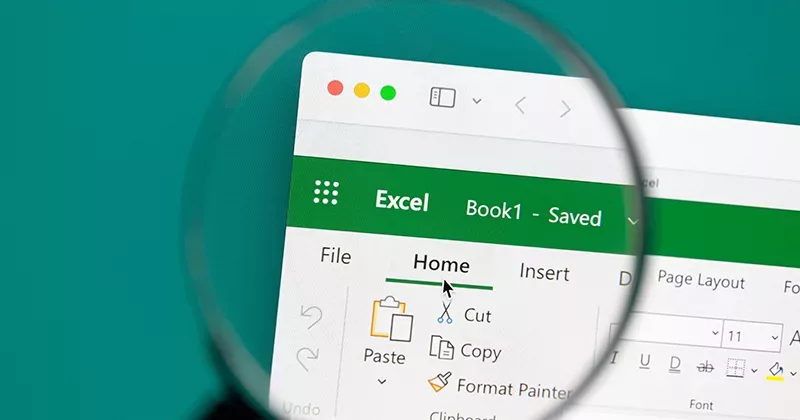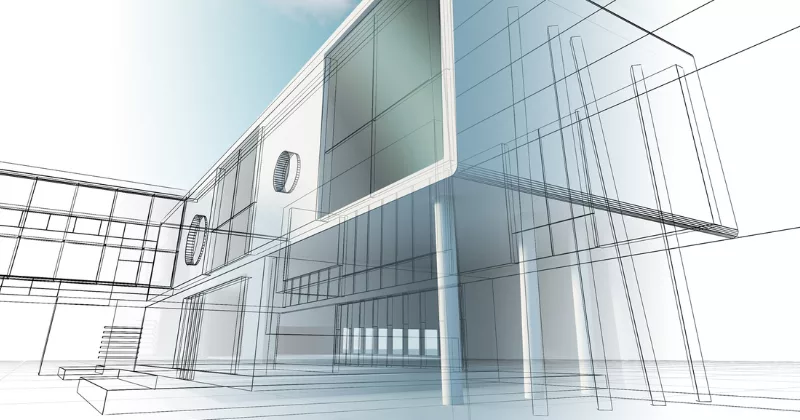10 mins read
What File Types Should Your Estimating Software Support?

Ever been on an estimating software hunt? It’s probably quite likely that the answer is yes; given that digital construction technology is constantly evolving, it always seems like it is now or never to find the tools to stay on top. Yet, each and every package promises to revolutionize your business and guarantee a hefty ROI. A few clicks here and there, mustering what’s left from your concentration bank, scrutinizing product info and testimonials – where do you even start to figure out what’s important to analyze? You could easily descend into the oblivion of either feeling great affinity or incredulity with each and every word. Not to worry, here we will aid your decision by covering one of the most important factors- discussing the file types your estimating software should support.
File interoperability is crucial when choosing estimating software. You need to have confidence in your software supporting the seamless transfer of digital design information between designers and users for measurement and estimating purposes. This becomes even more pertinent now as the BIM workflow is introducing new files and formats into the market. RIB CostX allows its users to measure from a variety of drawing file formats, including both 2D and 3D BIM, without running CAD software, facilitating efficient construction takeoffs. Whilst RIB CostX supports a wide variety of file formats, thus enabling its use on any project, file formats for design data vary, and each inherently provides differing levels of data richness and functionality.
DWF™ and DWFx
DWF™ and DWFx™ are secure file formats developed by Autodesk that combine and publish rich 2D- and 3D-design data for dissemination. Normally, if Revit® is the software used to design the building, a multi-sheet DWF™ or DWFx™ export with a default 3D model view and 2D sheets of all plans, elevations, and sections can be exported. When imported into RIB CostX, this enables users to utilize the database information to automatically generate quantities from the 3D views and augment the database quantities with additional measurements from the 2D or 3D drawing views or sheets as required. Revit is quite widely used across the world to produce BIM files, and if you want to work with BIM, you need to make sure your software provides optimal support for these formats.
IFC Files
The Industry Foundation Classes (IFC) file format is maintained by buildingSMART® and is the primary BIM file type exported from most major design packages. The format establishes international standards for importing and exporting building objects and their properties. Owing to differences in IFC implementation by the various authoring applications and the multiplicity of supported data types, IFC file configuration and data content will differ between projects. If the correct associations are not explicitly made in the source file, they cannot proceed in the IFC and, hence, may not appear in a downstream application. Thus, how a model file is prepared for export to IFC is extremely important and is a critical factor in the ultimate success of the IFC exchange process. To alleviate this, Exactal produces a Drawing File Optimization document that fully outlines the parameters that need to be selected to ensure quantities are included in the model for analysis in cost estimating programs. With RIB CostX, users are able to import an IFC and create a customized mapping to extract quantities from the model with ease. IFC navigation is also a cinch, and Exactal makes sure to continually develop IFC support with new versions and revisions to ensure there is the utmost level of compatibility between the two. When searching for estimating software, it is integral that support for IFCs is high on the list of priorities, given that it is the international standard for BIM projects.
SKP Files
In addition to Revit files and IFCs, it is becoming increasingly prevalent for SketchUp® to be used to produce conceptual 3D views in the preliminary stages of construction projects, especially those that are intended to progress in a BIM environment. Having the ability to measure from these files would, therefore, be of great benefit in producing early-stage Cost Plans, and for RIB CostX users, this ability supports accurate construction cost estimation. SKP files can be loaded in and viewed three-dimensionally, whilst measurements of areas, lengths and counts can be taken.
2D CAD Formats – DWG™
For most 2D CAD packages, DWG™ files can be used as an interoperable format. DWG™ files are capable of being rich in content and RIB CostX users can exploit this intelligence with various advanced measurement tools. For example, the polyline command allows a series of lines or arcs to be combined into a single continuous entity to create highly complex shapes. RIB CostX is able to recognize the geometry of polylines and automatically return the area and perimeter or length of the shape, no matter how complex, with a single action. Hence, it is very helpful if floor plans, rooms, areas, etc., are defined by polylines in drawing files. Similarly, RIB CostX recognizes CAD blocks, where a collection of shapes is combined into a single named object. Blocks can be realistic representations of objects or merely symbols, but in either case, RIB CostX can take all like blocks in a single action. Again, the Drawing File Optimization document provides guidance for architects and designers on how they can ensure these polylines and blocks are included. Having an estimating software package that fully supports these intelligent file formats and allows the user to take advantage of intelligence in the drawing is a huge time-saver.
PDFs
PDF files are heavily used throughout the construction industry worldwide- almost certainly the most common file format that is used. RIB CostX supports both Vector PDFs (PDF files exported from a CAD package) and Raster PDFs (scanned images that have been converted to a PDF) and extracts the maximum level of intelligence from them. For example, with Vector PDFs, polylines are maintained as with CAD files, and you’re able to utilize the layers tool to filter the display to make viewing and measurement much quicker by eliminating unwanted data to reduce clutter. When searching for an estimating software package, it is crucial that PDFs are supported to ensure 2D jobs can be undertaken where required, which is essential for successful construction document management.
Sketches, Scanned images and more…
File types such as JPEG, BMP, TIFF, etc., provide the least data and do not contain any vector or other intelligence from the source CAD file. However, they are still used very frequently in the construction industry, and you can still load them into RIB CostX and takeoff when required. So long as the drawing is relatively to scale, it can be loaded in. A quick sketch on a napkin can be scanned, a scale added, and then the quantity takeoff can begin! This is hugely advantageous if you find yourself needing an ‘on-the-fly’ basic drawing taken off for a simple estimate. Support for these file format types by your estimating software is extremely important, particularly for ensuring smooth construction collaboration across teams.
As shown above, it’s very important to consider the file formats supported by your estimating software, so you can be prepared in any situation. What’s more, when 2D and 3D/BIM are supported in the same program, it means the user is able to work on Projects with both BIM and 2D files, which can make a huge difference to your accuracy and bottom line. RIB CostX supports all the file formats listed above and more, so you know that you’ll always be equipped to win the job!
For more information on the file formats RIB CostX supports, click here to apply for a copy of our Drawing File Optimization document. If you are not a RIB CostX user and want to benefit from our powerful estimating and BIM takeoff software, get your free demo today!

Most Recent
10 mins read
11 mins read
11 mins read
10 mins read
Blog Categories

Ebook











